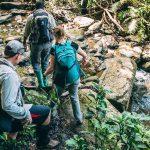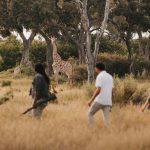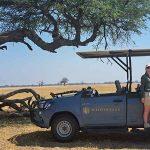The world of cameras can be daunting and it can quickly become a minefield of confusing elements and misunderstood jargon. Everyone you speak to offers different advice, everyone claims to have the best options, but you aren’t sure who to listen to. Combine that with your upcoming, once in a life-time trip to Africa and you are left worried, bewildered and more confused than you were when you started.
The first (and most important) aspect you have to ask yourself is ‘what is my budget?’ followed closely by ‘what do I want from my pictures?’. Generally, the more you pay, the more you get. I’m not going into talking about megapixels, f-stops and apertures but instead I will guide you through my camera purchasing process which should enlighten you on what you may require.
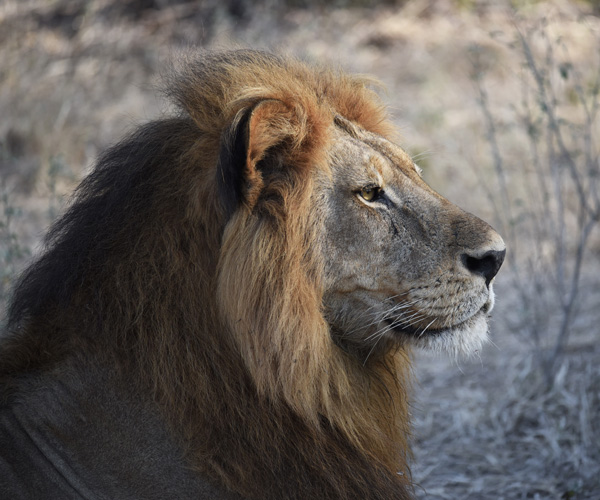
The Simple Stuff
Starting simply: how much are you actually willing to spend on a camera? Are you looking to spend a couple of hundred bucks or are you prepared to fork out thousands? If you are after some quick holiday snaps and a few videos to show off to your colleagues at work or some of your friends, then your answer may already be in your hand. You may even be reading this article on it. Yes, it’s your mobile phone.
Phone cameras are becoming increasingly sophisticated as each generation of smart phone is released. They are great for those of you who aren’t too fussed about having a mega zoom and just want to capture a few moments here and there, your phone could be your best (and cheapest) option. You wouldn’t have to spend a penny! The next step up would be a compact digital camera. These cameras tend to offer good zoom capacities that allow you to get close into the action. The prices of such cameras are very reasonable and they produce decent enough quality images that will satisfy most people going on their first safari. Their relative low cost also means that if the camera is knocked around a bit whilst in your bag, the damage wouldn’t be too serious.
The final improvement is purchasing a DSLR. These types of cameras are the next step up, in price and quality, but the option of having interchangeable lenses is very useful and the money is well worth it. These cameras are generally for people who like to sit and review their photos and are after the crispest, most rewarding shots. Their prices can range from a lowly $250 for a body to a mega $15,000 for just a lens!!!
Let’s Get (a little bit) Technical
Whilst I was training as a safari guide, my first purchase was a digital compact Panasonic TZ70. The 60x zoom allowed me to get the close up shots that I desired and the image quality was good enough for any Instagram post where I wanted to show off to those back home.
After a while, I started guiding at different lodges and my camera was frustrating me with its lack of ability. I decided I wanted better quality images so I chose a Nikon DSLR. Many photographers could argue all day and all night about why Canon is better than Nikon and vice versa but I chose Nikon just because of the package deal I could get which included the body and multiple lenses.
There isn’t much difference between the two main brands and each has its own range of professional cameras all the way down to amateur cameras, however Sony and Panasonic are also producing extremely capable DSLR cameras and shouldn’t be overlooked.
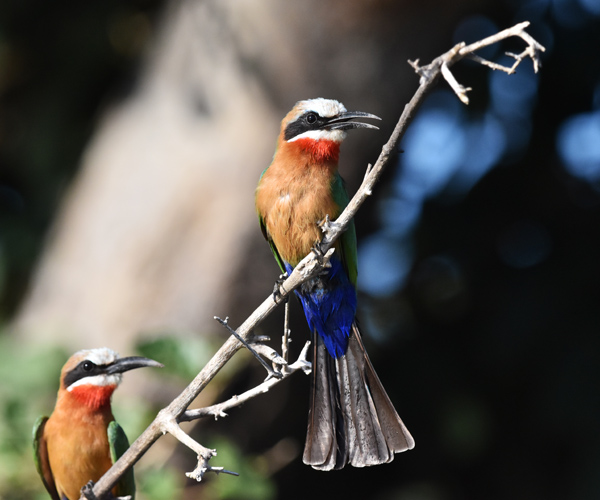
Once you have decided on your brand and type of DSLR body, the next option (and most just as important) is your lens. Lenses can be fixed or telephoto (non-zoom or zoom) and both have advantages and disadvantages. On safari you may not be able to get super close to everything so having a lens that can extend far enough to allow you to photograph the chosen subject is priceless.
Africa also has beautiful landscapes and sunsets/sunrises are something certainly worth photographing, so having a lens that is versatile is key. Nikon offer lenses that with a zoom range from 80-400mm or 70-300mm which is ideal for almost everything. This should generally allow you to zoom in on an animal so it fills the view-finder, but also allows you to zoom out enough so that you can capture that perfect sunset.
As the quality of the lens increases, so does the cost, however companies such as Sigma and Tamron produce lenses at a very reasonable price, although there is debate about if their quality. If you are looking at photographing birds in detail, I would recommend a longer lens, one that extends to 500mm or 600mm. Nikon and Canon’s prices for these types of lenses can be very steep, so make sure you explore all options.
My current set up includes one 70-300mm lens and a 150-600mm lens which gives me plenty of variety when shooting.
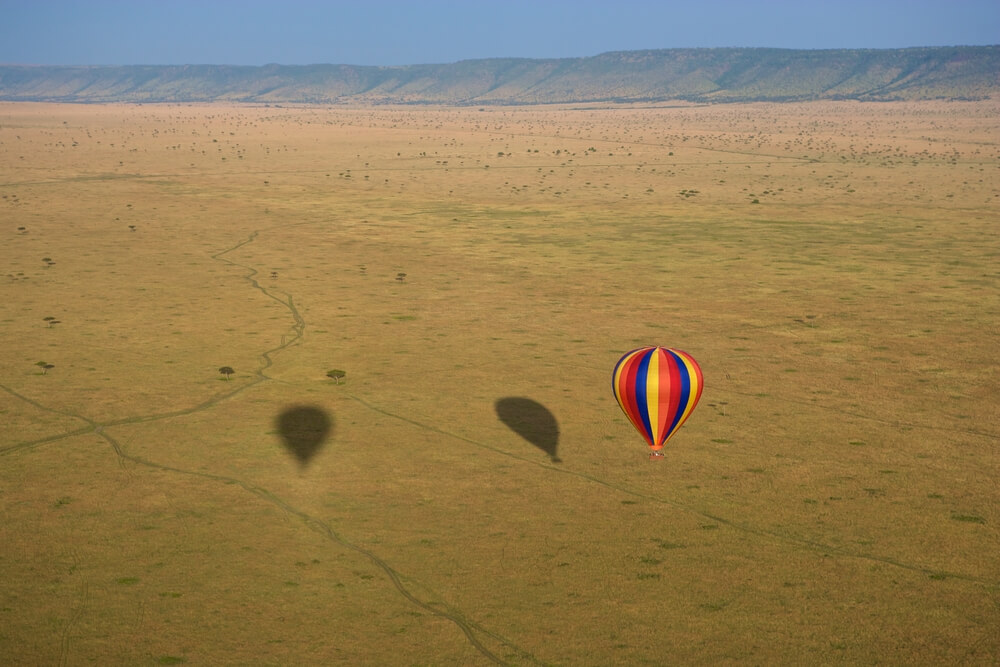
The Best Camera for Safari
If this is your first camera then I do not recommend spending big straight away, you are better off with a cheap DSLR or a compact digital camera with big zooming capacities. If you are looking at expanding your horizons and will be returning on safari or have decided to take up photography as a hobby, then invest well. A lens with versatility is great and the world will be laid at your feet, or at the push of a button.
For the camera purists that may be reading this, I realise I have given a very big overview here and have left out much of the technical aspects when choosing a camera, but for those who aren’t sure, I hope this has enlightened you on what options there are when going on safari.
For more advice about an African safari or about cameras, please contact us.

